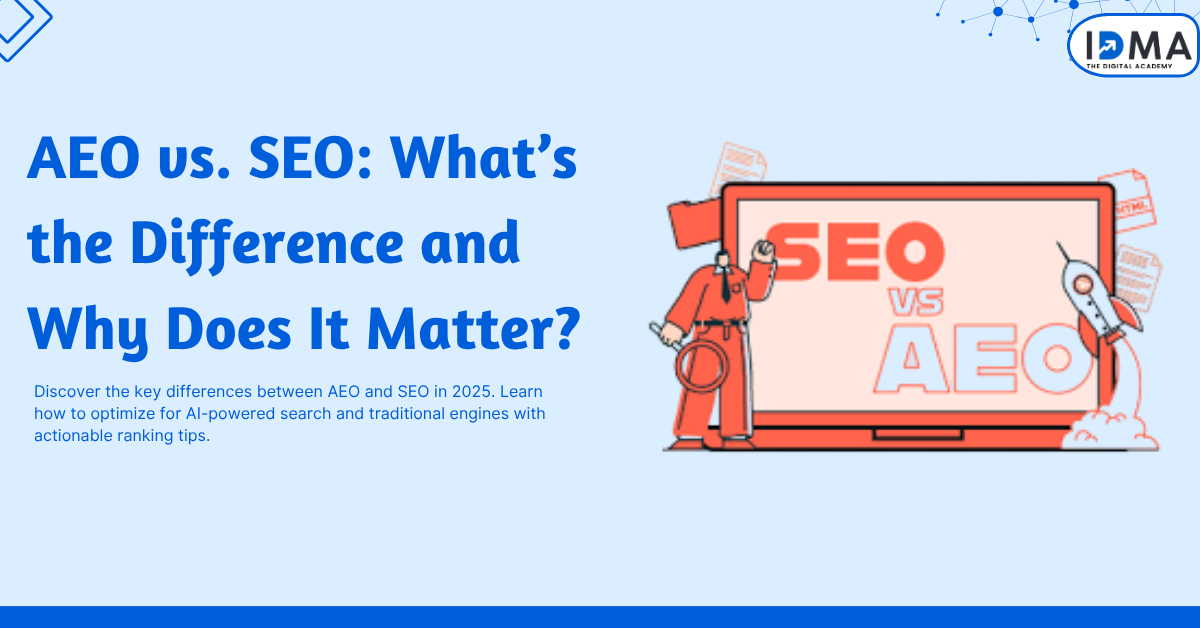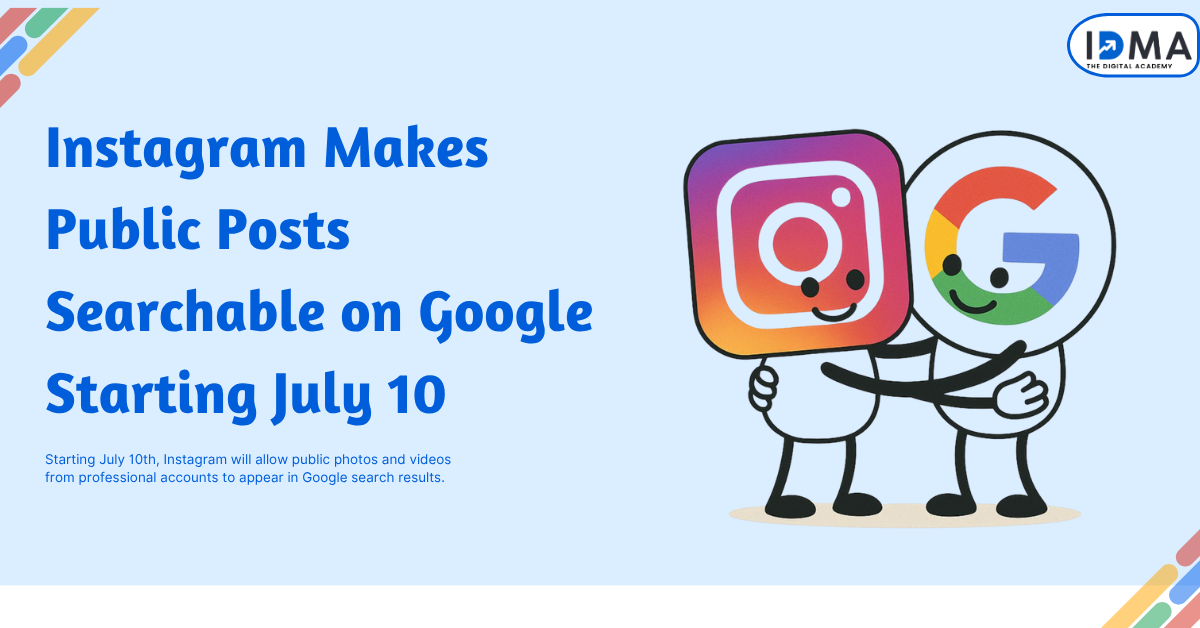Technology continues to evolve every day in digital marketing, just like in any other industry. Keeping up with the latest developments is essential to remain relevant to your audience, but you must also understand the history of the field to fully appreciate the techniques and strategies of today.
In this article, we will discuss the evolution of digital marketing, predictions for its future, and lessons to be learned going forward. Let’s get started!
Digital Marketing in the Present
In simple terms, digital marketing involves promoting products and services online. Creating awareness of your brand and products among the general public is the goal of traditional marketing.
The only marketing strategy businesses used before digital marketing was offline. In addition to billboards, TV and radio ads, newspapers, direct mail, phone calls, postcards, catalogs, brochures, or other printed materials, these avenues were also used.
Some of these traditional marketing tools are still effective even today, when so many companies are scrambling to reach as many customers as possible. Physical newspapers might be more comfortable for older segments of a brand’s audience than their soft-copy counterparts. There is still a place for radio marketing as well.
The main difference between the two is the amount of reach they provide. Advertisements on radio or in newspapers might be effective in reaching local consumers. However, if you want to reach a global audience, digital marketing is your best option. Their cost-effectiveness is also greater than that of their traditional counterparts.
Twitter, videos, podcasts, emails, blog content, Pay-Per-Click (PPC) advertising, and more can be used for digital marketing. Nearly 45% of the global population uses social media. This illustrates the reach of digital marketing.
In addition, marketing to younger generations is becoming increasingly difficult. The process of convincing them to make a purchase can be lengthy. Long-term engagement and sales can be achieved through your digital marketing campaigns. You can build stronger connections with your audience through digital mediums than you can with conventional media.
The Evolution of Digital Marketing (5 Key Turning Points)
Having discussed the current state of digital marketing, let’s now look at how it has evolved over the years using examples from some major milestones.
1. What role do search engines play?
World Wide Web was launched in 1991, but didn’t make much of an impact until the first popular browser, Netscape, emerged in 1994. Between the 1990s and early 2000s, more and more people were using the internet, which led to the introduction of search engines like Google.
In search engines, web pages are crawled and stored for retrieval later based on keywords in search terms. Increasing visibility of websites and blogs through strategies like Search Engine Optimization (SEO) and paid advertising has led to Search Engine Marketing (SEM).
2. The revolution of social media
The World Wide Web was initially meant to be a collaborative space for sharing information. You can probably agree that it has become much more than that. Social media platforms such as Facebook, Twitter and many more have made it possible not just to exchange information, but also to connect with other people.
Businesses can also reach global audiences this way. This can be accomplished by using paid advertisements targeted at general or specific audiences, working with influencers who market products to their followers, and more.
Facebook, for instance, was launched in 2004 and had one million users by the end of the year. The company launched its first self-service advertising platform as well as business pages in 2007, which led to an increase in overall advertising revenue to $700 million in 2007. Platforms have followed suit, providing a platform for brands to reach their audiences.
3. Marketing that focuses on mobile devices
The Accelerated Mobile Pages (AMP) project from Google has made it necessary to optimize mobile sites for search engines. Mobile and tablet users are expected to benefit from this initiative by experiencing faster page loading times. Besides User Experience (UX), other factors are also considered.
As a result of recent statistics regarding mobile usage, this is of particular significance. 52.2 percent of all web traffic was generated by mobile phones in 2019, compared to 16.2 percent in 2013. The data is only available for mobile phones, not tablets.
Mobile usage, as well as the AMP initiative, have made it essential for marketing campaigns to be accessible not just on larger devices, but also on smaller screens without noticeably different visuals or performance.
4. Targeted campaigns and consumer data
Data-driven marketing campaigns represent a significant milestone in digital marketing history. One prime example is Customer Relationship Management (CRM), a process that allows brands to build long-term relationships with customers through data-driven strategies.
CRM tools enable iterative work based on performance analytics, facilitating the prediction of customer purchasing habits, refining target audiences, and boosting overall customer satisfaction.
The ability to predict customer behavior is crucial, especially as marketing strategies continually evolve due to technological advancements and other factors. Employing CRM techniques, such as regression and statistical analysis, helps identify shifts in consumer habits. This also enhances the creation of business impact models, leading to more accurate measurement of marketing performance.
5. Voice Search and Interactive Content
A key objective for brands is to increase customer engagement and build a sense of community and loyalty. This has led to the rise of high-quality, interactive content such as games, fun social media contests, immersive app experiences, and more. These activities not only attract audiences but also keep their attention over the long term.
Voice search has also emerged as a significant marketing trend, offering a new way to conduct searches and promote businesses. It has the potential to drive more traffic due to its high relevance on the first attempt.
What the Future Holds for Digital Marketing (and Lessons to Take Forward)
Based on current trends, we can predict several directions for the future of digital marketing. The use of Artificial Intelligence (AI) technologies is expected to become more widespread, as seen in areas like content creation, product recommendations, and e-commerce transactions.
Chatbots are anticipated to play a larger role in customer engagement. For example, Mastercard’s Facebook Messenger bot uses natural language processing to understand and respond to customer inquiries, mimicking human interaction.
Voice search, already soaring in popularity, is expected to continue its growth. These trends should inform your marketing strategies to ensure you stay in tune with your audience’s adoption of new technologies and practices.
Conclusion
Understanding where you’ve been is crucial for finding your way forward, and this is especially true in marketing. Knowing the history of digital marketing is essential for leveraging current technologies and practices effectively.
Has learning about the history and evolution of digital marketing improved your understanding of current practices? Let us know in the comments section below!








